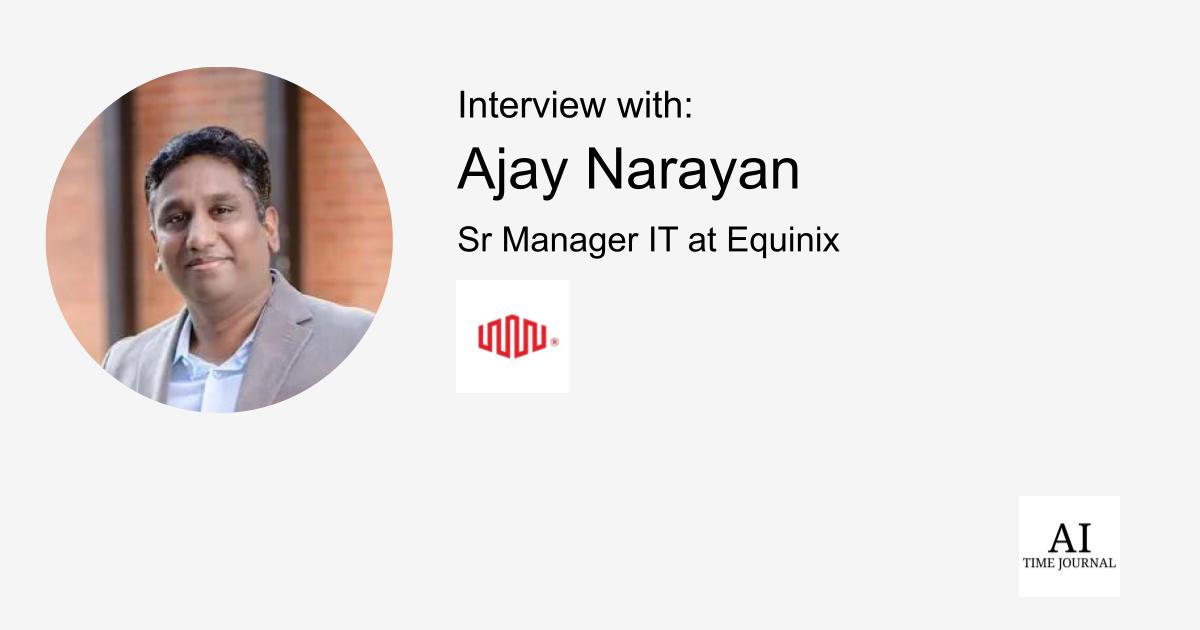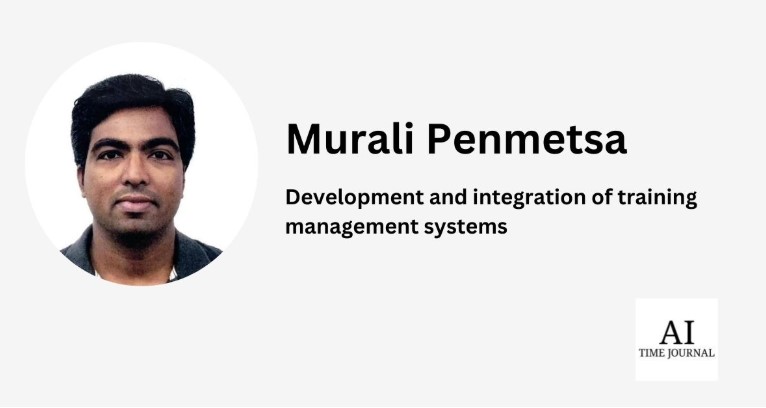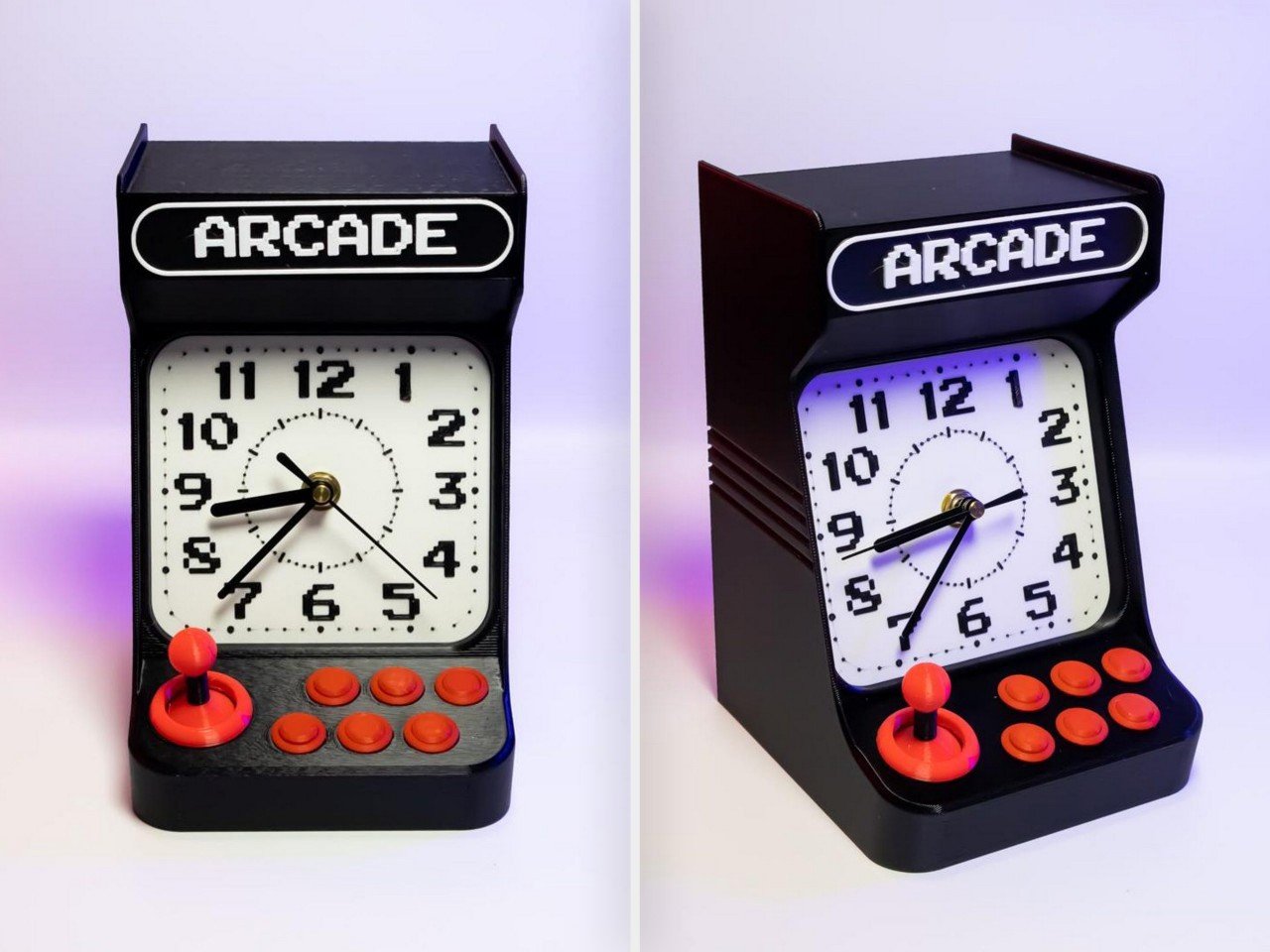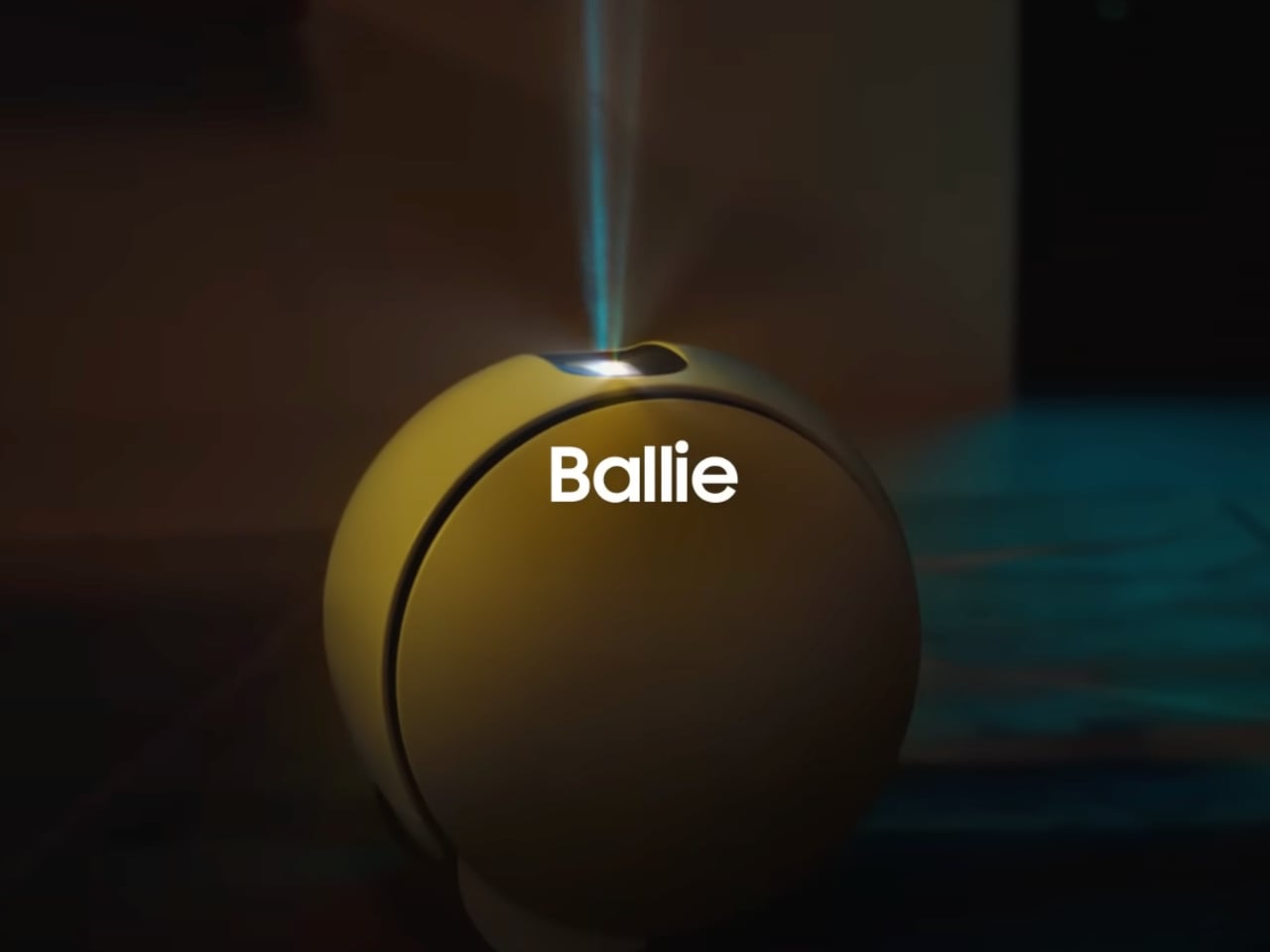Redis Connections Bottleneck? Here Are Some Redis Alternatives to Consider
When your system is overwhelmed by endless Redis connections, it’s time to rethink your strategy. Let’s explore four alternatives that balance scalability and performance. Whether you’re chasing raw throughput or need advanced features, here’s a breakdown of what each contender brings to the table. 1. Redis – Still King, But Mind the Threads Redis has earned its stripes as the go-to in-memory store, but even legends have limits. Here’s the scoop: Single-threaded simplicity: Redis handles commands in a single thread, which keeps things predictable. The I/O threading added in v6.0 helps, but under heavy loads, that core thread can still bottleneck. Ever seen Redis tap out during a traffic spike? Yeah, we’ve all been there. Battle-tested maturity: Its ecosystem is unmatched. Need a client library? There’s one for every language. Troubleshooting? The community’s got your back. But let’s be honest—Redis clustering can feel like herding cats sometimes. Performance check: Benchmarks (30 threads, 1 client each) hit ~112k ops/sec. Reliable, but when connections pile up, latency creeps in. Redis is like a trusty Swiss Army knife—versatile and dependable, but maybe not the best tool for every job. 2. KeyDB – Multithreading to the Rescue KeyDB takes Redis’s DNA and turbocharges it with multithreading. Think of it as Redis’s more ambitious sibling: Threads matter: By spreading work across CPU cores, KeyDB clocks ~288k ops/sec in benchmarks. Fewer bottlenecks, happier servers. Just don’t expect magic—threads add complexity, and occasional hiccups can happen (looking at you, edge-case race conditions). Easy migration: It’s mostly Redis-compatible. Swap the config, tweak a line or two, and you’re off. But test thoroughly—compatibility doesn’t always mean identical behavior. Disk spilling: Run out of RAM? KeyDB can spill to disk. Handy, but SSDs aren’t a substitute for memory. Use this as a safety net, not a default strategy. KeyDB is perfect if you’re hitting Redis’s scaling wall but aren’t ready to abandon its ecosystem. 3. Dragonfly – Speed Demon or Overhyped? Dragonfly bursts onto the scene with bold claims. Modern architecture? Check. Bold marketing? Double-check: “25x faster than Redis”: Their benchmarks show ~408k ops/sec, which is impressive. But 25x? That depends heavily on workload and your machine configuration. Hardware-hungry: Built for modern kernels and CPUs. If your infrastructure’s older than a Python 2 script, skip this. Redis compatibility… sorta: Some commands differ, so migration isn’t seamless. Great for greenfield projects, but legacy systems might groan. Dragonfly is like a Formula 1 car—blazing fast but high-maintenance. Perfect if you’ve got the infrastructure to match. 4. Skytable – Rust’s Answer to Scalability Skytable bets big on Rust’s safety and performance. It’s not Redis, and that’s the point: Rust under the hood: Memory safety meets speed. Benchmarks range ~619k–676k ops/sec. Skeptical? So were we—until we saw the numbers. Windows love: Native Windows support is rare in this space. Most devs won’t care, but if you’re stuck in a Windows shop, this is a lifesaver. Evolving ecosystem: It’s younger, so expect missing features and smaller community support. But the roadmap is ambitious—check back in a year. Skytable is for the adventurous. Not a Redis replacement, but a fresh take with serious potential. Quick Comparison (Because Time Is Money) Aspect Redis KeyDB Dragonfly Skytable Threading Single + I/O threads Multi-threaded Multi-threaded Multi-threaded (Rust) Ops/sec ~112k ~288k ~408k ~619k–676k Maturity Industry standard Stable, minor quirks Experimental Emerging Compatibility Universal Redis-like Partial Redis New API Best For Stability, mature tooling Scaling Redis workloads Cutting-edge performance Future-proofing, Rust enthusiasts The Verdict: What’s Your Priority? Stick with Redis if you value stability and a proven track record. KeyDB shines when Redis’s threading model holds you back. Dragonfly is for those chasing raw speed (and have the infra to support it). Skytable? Ideal if you’re betting on Rust or need cross-platform flexibility. There’s no silver bullet—just trade-offs. Test, benchmark, and choose what aligns with your bottlenecks. Happy scaling!

When your system is overwhelmed by endless Redis connections, it’s time to rethink your strategy. Let’s explore four alternatives that balance scalability and performance. Whether you’re chasing raw throughput or need advanced features, here’s a breakdown of what each contender brings to the table.
1. Redis – Still King, But Mind the Threads
Redis has earned its stripes as the go-to in-memory store, but even legends have limits. Here’s the scoop:
- Single-threaded simplicity: Redis handles commands in a single thread, which keeps things predictable. The I/O threading added in v6.0 helps, but under heavy loads, that core thread can still bottleneck. Ever seen Redis tap out during a traffic spike? Yeah, we’ve all been there.
- Battle-tested maturity: Its ecosystem is unmatched. Need a client library? There’s one for every language. Troubleshooting? The community’s got your back. But let’s be honest—Redis clustering can feel like herding cats sometimes.
- Performance check: Benchmarks (30 threads, 1 client each) hit ~112k ops/sec. Reliable, but when connections pile up, latency creeps in.
Redis is like a trusty Swiss Army knife—versatile and dependable, but maybe not the best tool for every job.
2. KeyDB – Multithreading to the Rescue
KeyDB takes Redis’s DNA and turbocharges it with multithreading. Think of it as Redis’s more ambitious sibling:
- Threads matter: By spreading work across CPU cores, KeyDB clocks ~288k ops/sec in benchmarks. Fewer bottlenecks, happier servers. Just don’t expect magic—threads add complexity, and occasional hiccups can happen (looking at you, edge-case race conditions).
- Easy migration: It’s mostly Redis-compatible. Swap the config, tweak a line or two, and you’re off. But test thoroughly—compatibility doesn’t always mean identical behavior.
- Disk spilling: Run out of RAM? KeyDB can spill to disk. Handy, but SSDs aren’t a substitute for memory. Use this as a safety net, not a default strategy.
KeyDB is perfect if you’re hitting Redis’s scaling wall but aren’t ready to abandon its ecosystem.
3. Dragonfly – Speed Demon or Overhyped?
Dragonfly bursts onto the scene with bold claims. Modern architecture? Check. Bold marketing? Double-check:
- “25x faster than Redis”: Their benchmarks show ~408k ops/sec, which is impressive. But 25x? That depends heavily on workload and your machine configuration.
- Hardware-hungry: Built for modern kernels and CPUs. If your infrastructure’s older than a Python 2 script, skip this.
- Redis compatibility… sorta: Some commands differ, so migration isn’t seamless. Great for greenfield projects, but legacy systems might groan.
Dragonfly is like a Formula 1 car—blazing fast but high-maintenance. Perfect if you’ve got the infrastructure to match.
4. Skytable – Rust’s Answer to Scalability
Skytable bets big on Rust’s safety and performance. It’s not Redis, and that’s the point:
- Rust under the hood: Memory safety meets speed. Benchmarks range ~619k–676k ops/sec. Skeptical? So were we—until we saw the numbers.
- Windows love: Native Windows support is rare in this space. Most devs won’t care, but if you’re stuck in a Windows shop, this is a lifesaver.
- Evolving ecosystem: It’s younger, so expect missing features and smaller community support. But the roadmap is ambitious—check back in a year.
Skytable is for the adventurous. Not a Redis replacement, but a fresh take with serious potential.
Quick Comparison (Because Time Is Money)
| Aspect | Redis | KeyDB | Dragonfly | Skytable |
|---|---|---|---|---|
| Threading | Single + I/O threads | Multi-threaded | Multi-threaded | Multi-threaded (Rust) |
| Ops/sec | ~112k | ~288k | ~408k | ~619k–676k |
| Maturity | Industry standard | Stable, minor quirks | Experimental | Emerging |
| Compatibility | Universal | Redis-like | Partial Redis | New API |
| Best For | Stability, mature tooling | Scaling Redis workloads | Cutting-edge performance | Future-proofing, Rust enthusiasts |
The Verdict: What’s Your Priority?
- Stick with Redis if you value stability and a proven track record.
- KeyDB shines when Redis’s threading model holds you back.
- Dragonfly is for those chasing raw speed (and have the infra to support it).
- Skytable? Ideal if you’re betting on Rust or need cross-platform flexibility.
There’s no silver bullet—just trade-offs. Test, benchmark, and choose what aligns with your bottlenecks. Happy scaling!







































































